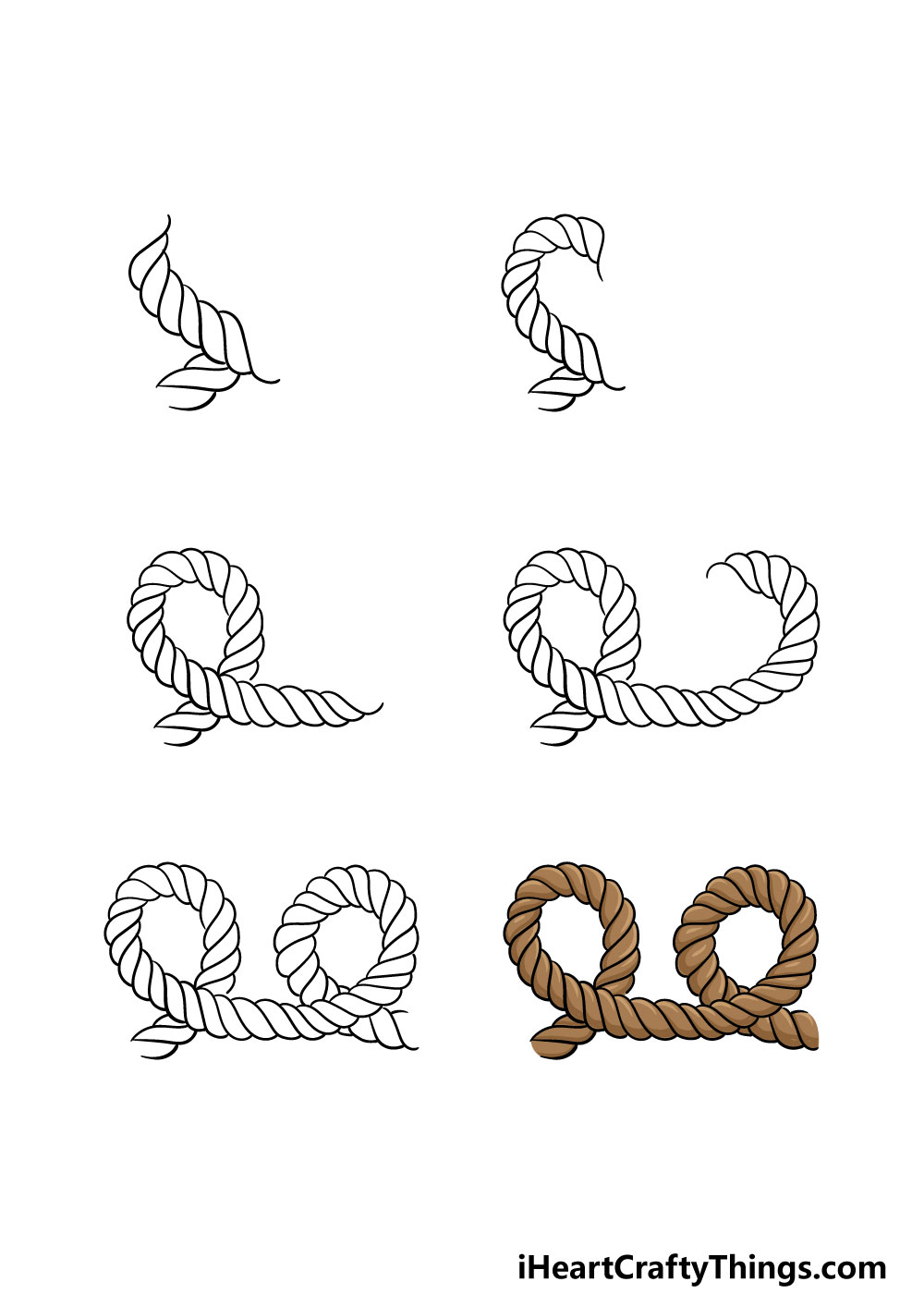


To update scenario, right click on the activity diagram that have scenario produced before, select Scenarios, then the name of scenario from the popup menu. Whenever the sub-diagram(s) of action(s) are updated, you can update the scenario to make it represents the latest information of interaction. Generate scenario with specific diagram type Click on the arrow beside the Generate button and select the type of diagram of the scenario.You may, however, leave it unspecified which cause that action to be ignored when producing scenario. For actions that have sub-diagram(s), pick up the sub-diagram in Diagram column or just create a new one. The actions being involved in the flow are listed in the Path table.Multiple paths are obtained by determining the existence of decision nodes within the flow. Click OK to confirm.Ī path is a continuous flow of actions in the diagram, with an initial node placed at the beginning of the actions. Select a path for generating scenario.In the Edit Scenarios window, click Add.Right click on the activity diagram that contains the flows that you want to produce a scenario and select Scenarios > Edit Scenarios.With scenario, you can produce a diagram which presents an overview of an execution path in activity diagram, so as to know how user and system communicate with each other in order to complete the flow. Enter its name and press Enter to confirm editing.Ī scenario is a diagram formed by the internal interaction of a sequence of action, modeled by their sub-diagrams. A new action will be created and is connected to the source shape with a control flow.Select Control Flow -> Action from Resource Catalog.Release the mouse button at the place where you want the action to be created.Press on the Resource Catalog button and drag it out.Move your mouse pointer over the source shape.To insert partition to swimlane, right-click on a partition and select either Insert Partition Before or Insert Partition After from the pop-up menu.Ĭlick Initial Node on the diagram toolbar.Ĭlick inside the partition to create the initial node there. You can click either Horizontal Swimlane or Vertical Swimlane on the diagram toolbar.Ĭlick on the diagram to create the swimlane.ĭouble-click the partition name to rename it. The Location field enables you to select a model to store the diagram. Enter the diagram name and description.In the New Diagram window, select Activity Diagram.Select Diagram > New from the application toolbar.Perform the steps below to create a UML activity diagram in Visual Paradigm.

Furthermore, swimlane is used for partitioning actions based on the participants involved. It shows concurrency, branch, control flow and object flow. Activity diagram is a kind of UML diagram that shows flow of control from activity to activity.


 0 kommentar(er)
0 kommentar(er)
